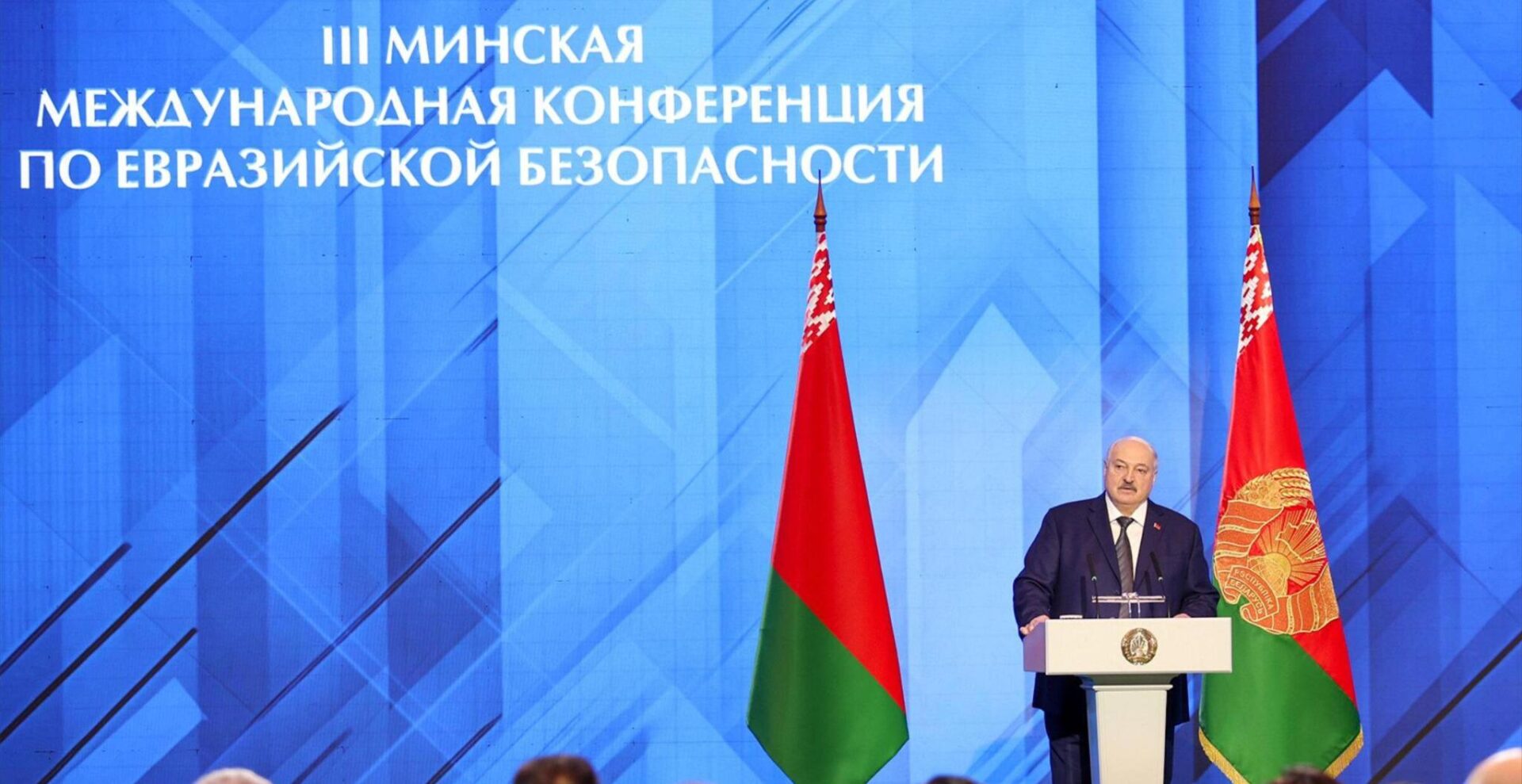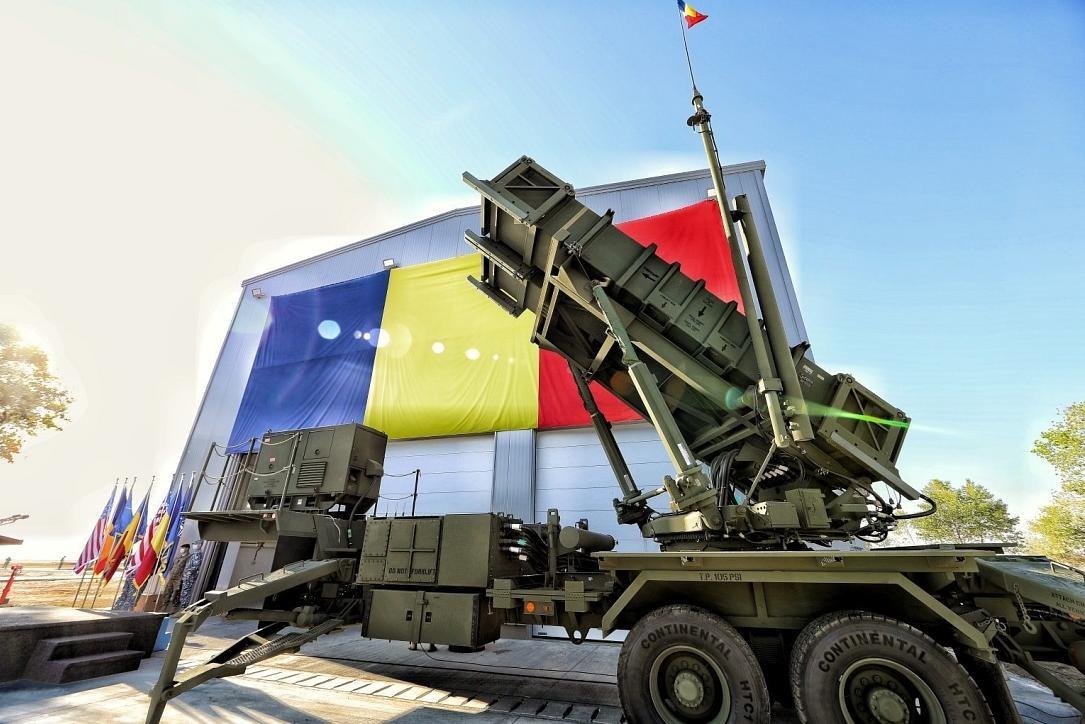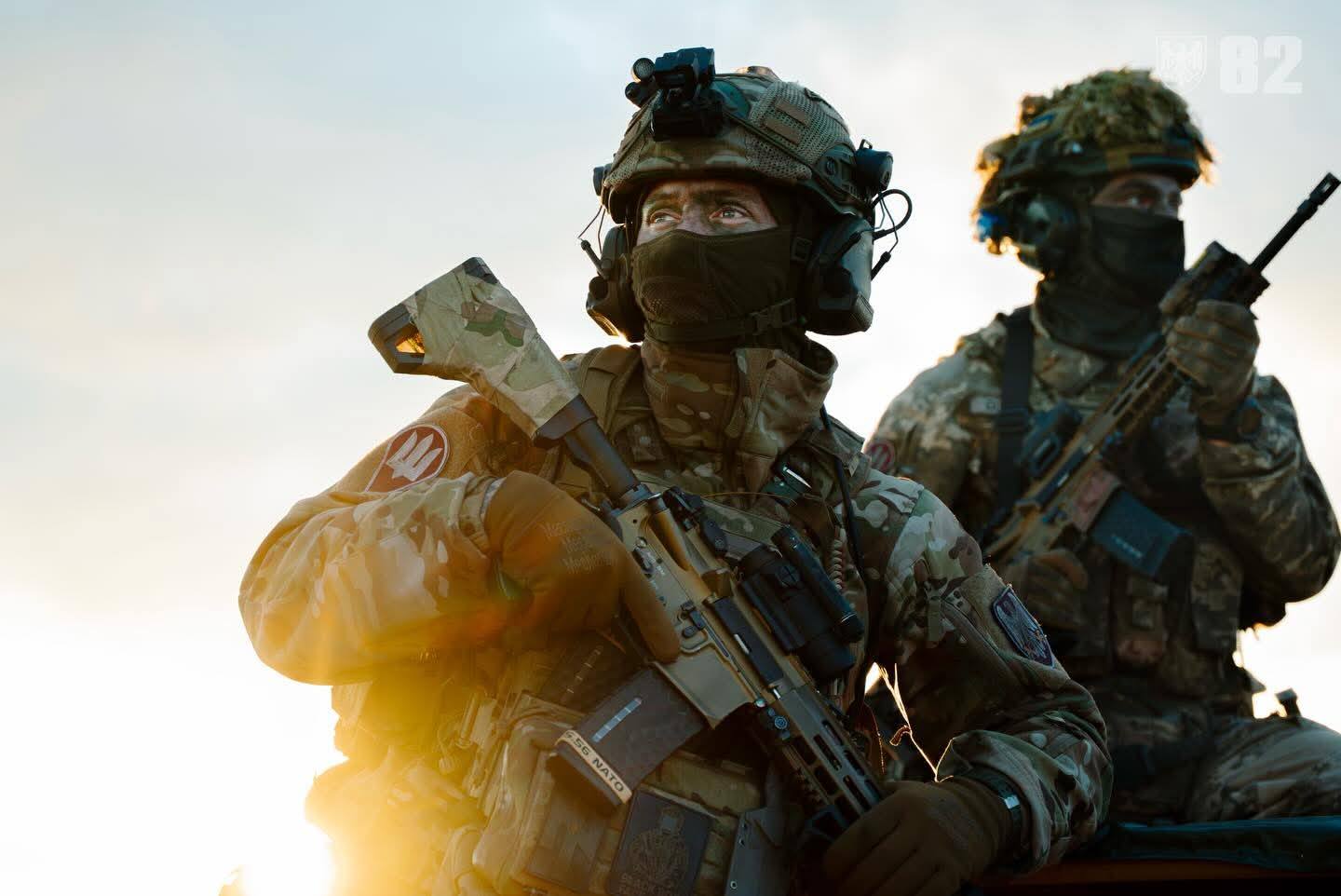
The Belarus Crisis and the Union State Military Doctrine
The Belarus Crisis and the Union State Military Doctrine
Belarus and Moscow have signed a new Union State Military Doctrine, though the document remains unpublished. This comes within the context of the Belarus crisis that began with President Alyaksandr Lukashenko’s disputed reelection on August 9, 2020, and recently worsened due to the migrant issues on the borders with Poland, Latvia and Lithuania. The Union State Military Doctrine is intended to replace its previous iteration from December 2001. The draft text was, in fact, already agreed in 2018 by the two countries at the defense ministry level (see EDM, December 11, 2018); but it remained unsigned for three years. However, in the aftermath of the Belarusian-Russian Zapad 2021 combined strategic exercise (sovmestnoe strategicheskoe uchenie), held on September 10–16, Moscow and Minsk undertook rapid steps to formalize the doctrine at the presidential level (Gazeta.ru, November 7).
On October 20, during a joint board of the defense ministries of the two states, Russia’s Defense Minister Sergei Shoigu declared, “In addition to military threats, we continue to face political and economic pressure on our countries from the so-called collective West. In the current conditions, we are forced to take retaliatory measures.” Shoigu added that the doctrine would be approved at the next meeting of the Supreme State Council of the Union State. At the meeting of the Supreme State Council of the Union State on November 4, Putin and Lukashenka approved a whole raft of 28 union programs, including a new Military Doctrine and Concept of Migration Policy (Gazeta.ru, November 7; see EDM, November 10). However, the Union State Military Doctrine has remained curiously delayed in terms of its publication (Izvestia, October 20).
Defense Minister Shoigu obliquely referenced the linkage between the agreed-upon document and the Belarus crisis during the meeting in Moscow with his Belarusian counterpart, Viktor Khrenin, on October 20. Shoigu said the military threat to Belarus and Russia posed by Western countries necessitated retaliatory measures, one of which was the new Union State Military Doctrine. It is unclear if this involved changes to the doctrine’s content. The secretary of state of the Union State, Dmitry Mezentsev, emphasized that the doctrine will increase the coherence of Russia and Belarus’s defense policy, taking into account the changes in the regional military-political situation and “unprecedented pressure” on Moscow and Minsk. Andrei Rusakovich, the deputy chair of the Commission of the Council of the Republic of the National Assembly of Belarus on International Affairs and National Security, commented on the doctrine in an interview on November 8 (Eurasia Ekspert, November 8).
Rusakovich stated, “The new version of the military doctrine takes into account the realities of the geopolitical and military-strategic situation in Europe, [as well as] military threats, both traditional and new: the expansion of NATO [the North Atlantic Treaty Organization] and the buildup of its military potential, technologies of color revolutions and provoking internal conflicts, the use of extremist and terrorist structures, private military campaigns, and challenges in cyberspace,” adding, “The adoption of the new military doctrine will allow Belarus and Russia to systematically and jointly respond to the challenges and threats to the national security of the two countries existing in the region.” Rusakovich also highlighted the ongoing deepening of military cooperation with Moscow, through the quadrennial Zapad and Shchit Soyuza (Union Shield) exercises (alternating between the two every other year), combined with additional measures to promote interoperability and strengthen joint air defense (Eurasia Ekspert, November 8).
Rusakovich commented on the joint combat training center for air forces and air defense forces in Grodno, which was tested during Zapad 2021, noting the importance of integrating air defense: “The name of the structure—a combat training center for joint training of air force and air-defense specialists—suggests that the level of interaction between the Belarusian and Russian military departments in these areas is very high since, along with a single regional grouping of forces, there is also a single air-defense system. Accordingly, there is a need for a unified system of training servicemen, a high level of their compatibility, which is due to joint actions in the context of the new realities of increased NATO activity, modernization of the armed forces, and the arrival of new equipment” (Eurasia Ekspert, November 8).
An additional glimpse into the Union State Military Doctrine was offered by Captain 1st rank (reserve) Vladimir Yeranosyan, in an article in Voyenno Promyshlennyy Kuryer. Yeranosyan suggests the doctrine “presupposes the joint repulsion of an attack from a potential adversary, as well as taking into account the absence of nuclear weapons in the Republic of Belarus, and the use of Russia’s strategic military potential to repel a nuclear missile strike at any location of the Union State.” He said this doctrine is in response to the buildup of NATO force groupings in Poland and the Baltic States. Yeranosyan anticipates a further strengthening of Russian deployments of air assets in Belarus (Voyenno Promyshlennyy Kuryer, November 16).
Yeranosyan characterizes the new joint military doctrine as a response to US and NATO defense policies close to the borders of the Union State. He forecasts increased air force and air defense and Special Forces training based on his reading of the new doctrine. Interestingly, Yeranosyan alludes not simply to the forward presence of air defense on the territory of Belarus but also its real tasking as an additional intelligence tool to monitor US/NATO activity and the imminent arrival of Russian reconnaissance unmanned aerial vehicles (UAV) to aid this process: “An important role in the new military doctrine of the Union State is assigned to the buildup of air-defense forces of the republic with a simultaneous strengthening of the fighter wing. [It also increases] opportunities for aerial reconnaissance, including with the help of the most modern Russian UAVs, which have already proved themselves in Syria. So, most likely, in the very near future, the Belarusian military will also receive Russian UAVs” (Voyenno Promyshlennyy Kuryer, November 16).
The three-year gestation of the Union State Military Doctrine, until its presidential approval on November 4, 2021, is worth noting—as is the unusual delay in publishing the new doctrine. Undoubtedly, the decision of when to publish the doctrine is bound up in the current Belarus crisis and may well be linked to Russia’s wider strategic posture on NATO’s eastern flank, made more complex by Moscow’s unclear intentions in relation to Ukraine (see EDM, November 8). Equally, in light of Zapad 2021, the joint doctrine could offer deeper insight into some of the episodes, training and signaling surrounding that exercise. The existence of the Union State Military Doctrine and the highly unusual echelon aspects of Zapad 2021 (conducted mostly at battalion levels) seem largely ignored or under-estimated in Western policy circles.


